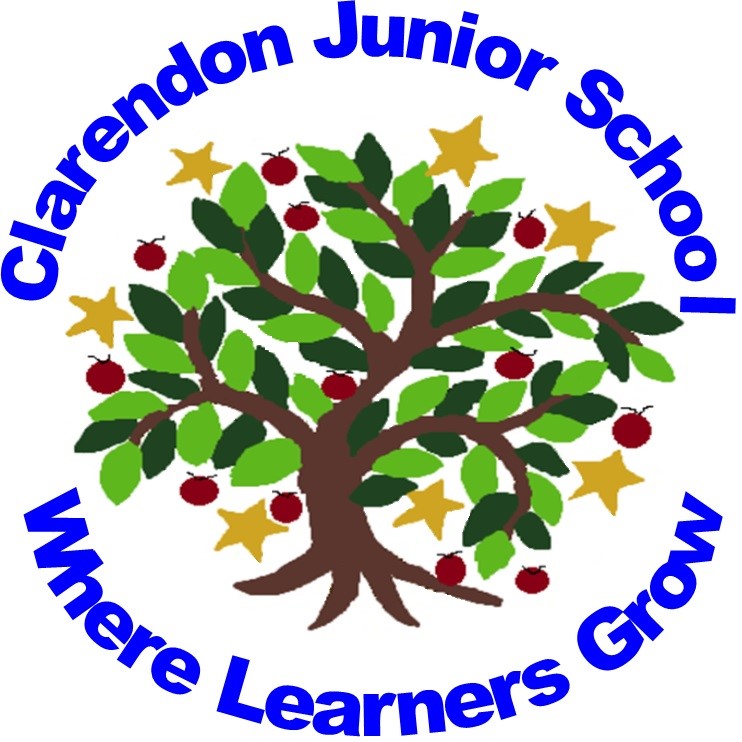Geography

'You can travel the seas, poles and deserts and see nothing. To really understand the world, you need to get under the skin of the people and places. In other words, learn about geography. I can't imagine a subject more relevant in schools. We'd be lost without it.'
Michael Palin

Intent
At Clarendon Junior School we believe that Geography helps to provoke and provide answers to questions about the natural and human aspects of the world. Since a high proportion of our cohort have either experienced living abroad or have parents that have, our children are encouraged to use and develop their current understanding and knowledge of the world, as well as their place in it.
The geography curriculum at Clarendon Junior School aims to provide children with real life experiences, where they can develop knowledge and skills that are transferable to other curriculum areas including, maths, English and computing.
Geography is, by nature, an investigative subject, which develops an understanding of concepts, knowledge and skills. Using interactive and meaningful learning experiences, we seek to inspire in children a curiosity and interest about the world and its people which will remain with them for the rest of their lives. We aim to promote the children’s interest and understanding of diverse places, people, resources and natural and human environments, together with a deep understanding of the Earth’s key physical and human processes.
Implementation
Based on the National Curriculum and the individual needs of our children, we have created a Geography curriculum to provide new experiences and build on children’s current knowledge. Geography is taught in every year group and is alternated with History to provide children with a well-rounded teaching of the humanities subjects throughout the year. Where relevant, links are made between the two subjects to consolidate children’s prior learning in each subject. Individual lessons focus on encouraging children to retrieve their prior knowledge that will be relevant to the lesson before learning and applying new knowledge and skills. Learning is recorded in their Geography books where we use writing to showcase what they have learnt alongside, drawings, diagrams, photos and graphs where appropriate. Our whole school focus on oracy is helping children to develop their vocabulary, enquiry skills and discussion skills allowing them to discuss their new learning in Geography and find connections to other areas of the curriculum. Learning is supported in lessons with scaffolding and a small steps approach along with videos, pictures and news articles to help create an immersive learning experience.
Impact
The impact of our Geography curriculum is measured in a variety of ways: questioning during lesson time, marking children’s written work, listening to child-led discussions, book looks and pupil voice - where children are interviewed with their books and encouraged to share their learning.
By the time children leave Clarendon Junior school they will:
- Have an excellent knowledge of where places are and what they are like.
- Have an excellent understanding of the ways in which places are interdependent and interconnected and how much human and physical environments are interrelated.
- Confidently be able to read and interpret a range of maps and geographical sources.
- Have an extensive base of geographical vocabulary.
- Have a passion for and commitment to the subject, and a real sense of curiosity to find out about the world and the people who live there.
- Have the ability to express well-balanced opinions, rooted in very good knowledge and understanding about current and contemporary issues in society and the environment.
- Develop their skills, such as evaluation, creativity, problem-solving and enquiry.
Our theme in Autumn 1 is Take One World, and in Geography we are focussing on reading and producing maps:
Across the school we thought carefully about our world. Some classes considered the impact of humans on the environment and the changes we can make to help our planet. Other classes had discussions about how we belong in our world and a few classes focussed their learning around their class animals because they are endangered species.
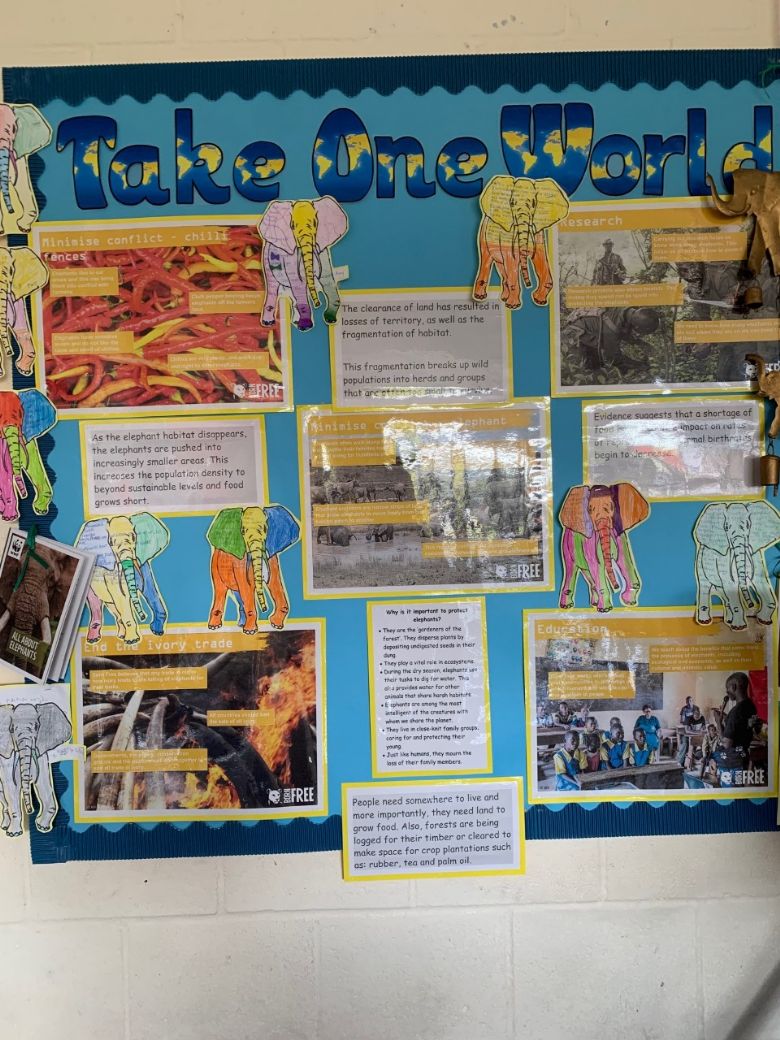
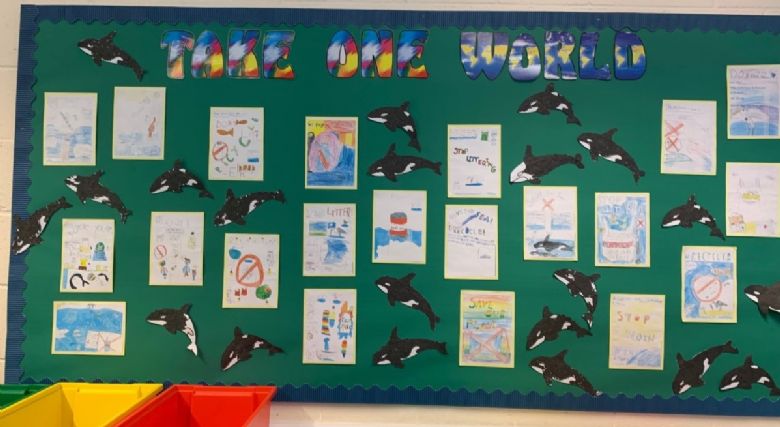

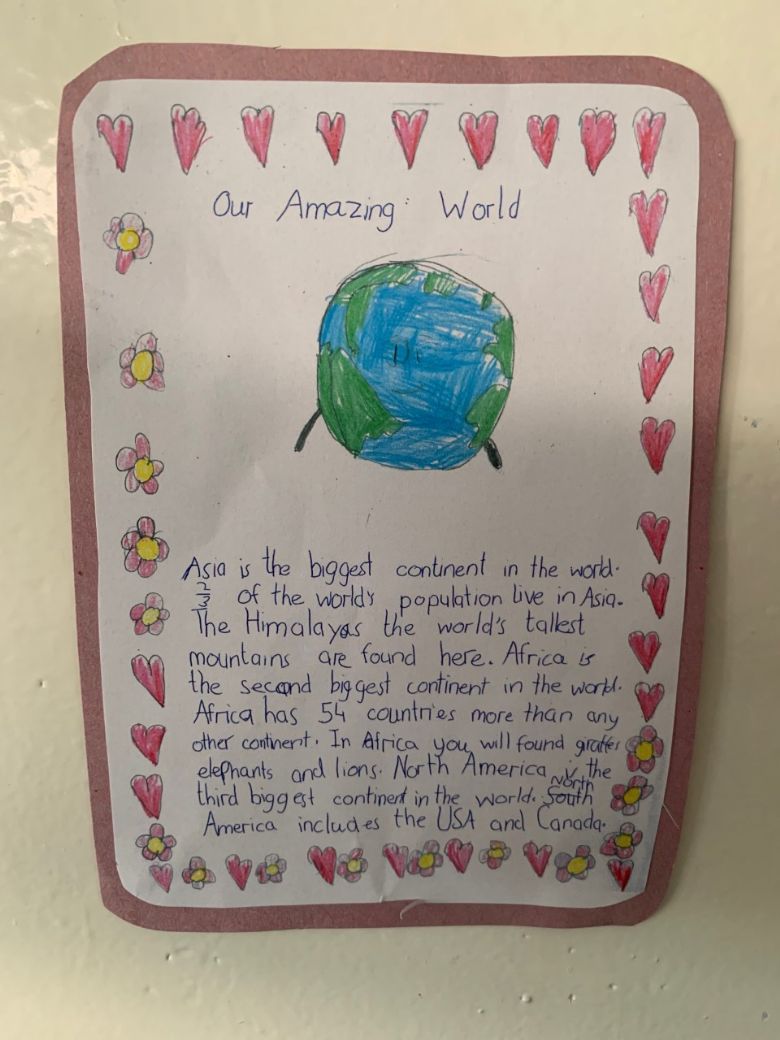
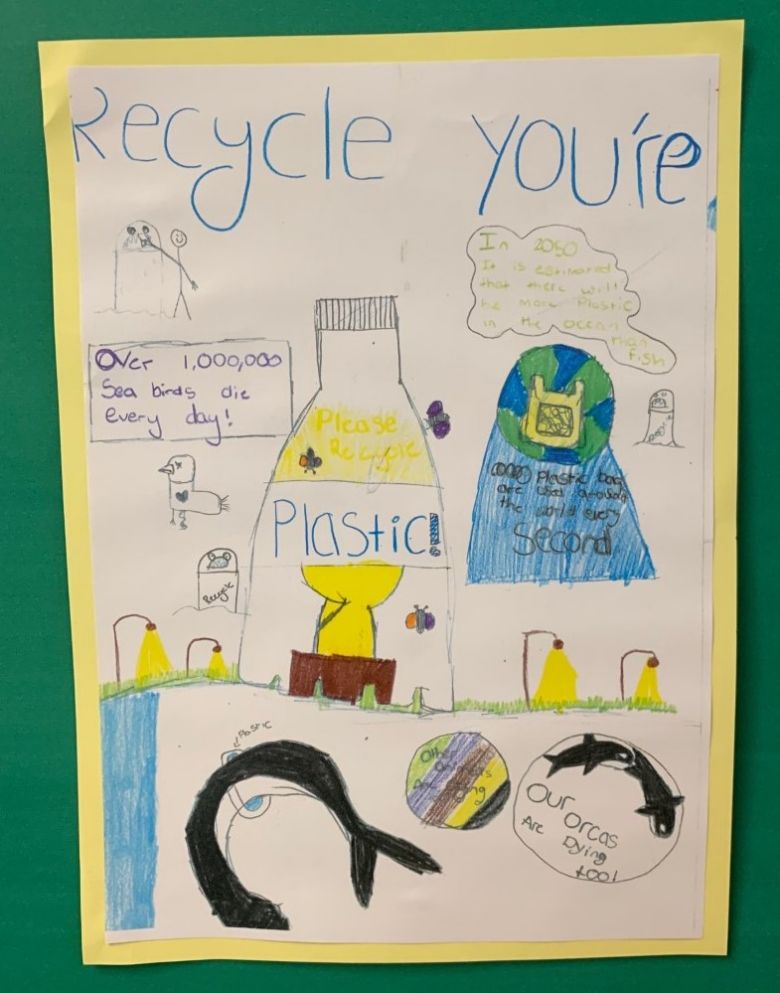


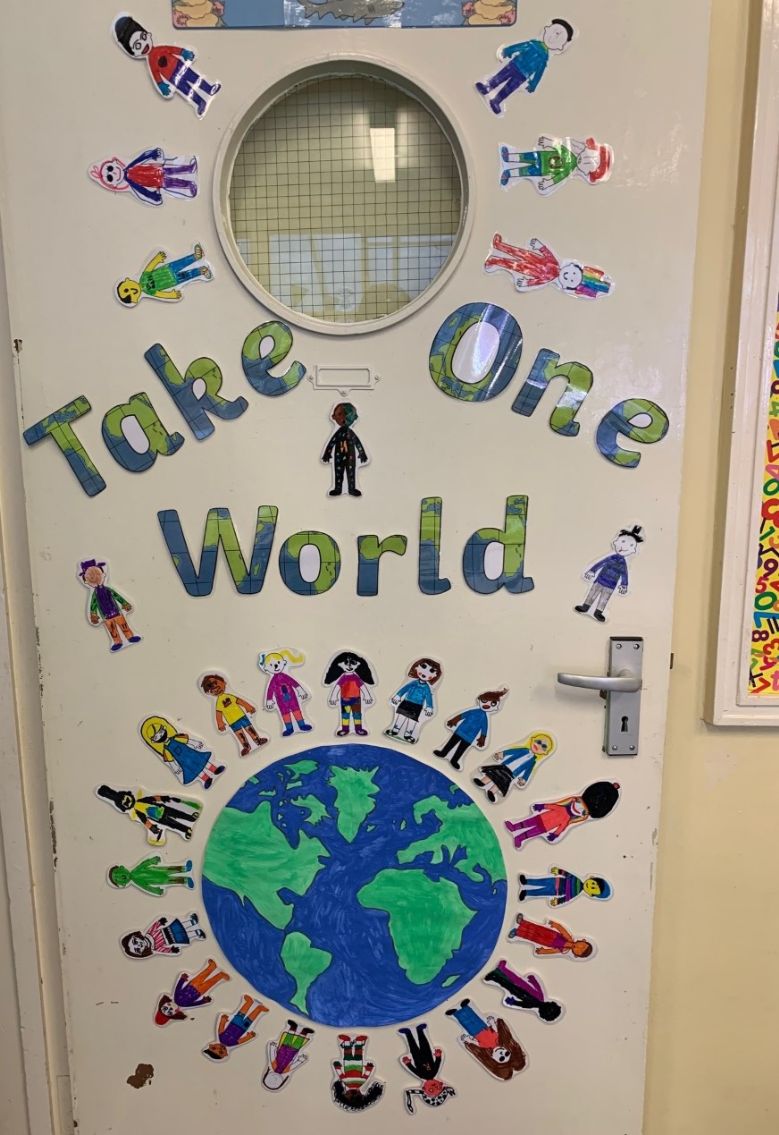

Our theme in Spring 1 for Geography is Physical Features
Children have been developing their knowledge further about our natural world.
Year 3 have spent the term investigating coastlines and have begun to understand how they are formed. Year 4 developed their understanding of rivers and even wrote non-chronological reports about a river's journey from source to sea. Year 5 have investigated the cause of mountains, volcanoes and earthquakes, including how they are formed and how to stay safe during an earthquake. Meanwhile, Year 6 began to consider different physical features around the world, including climate zones and biomes, applying their comparison skills.




Useful website links:
